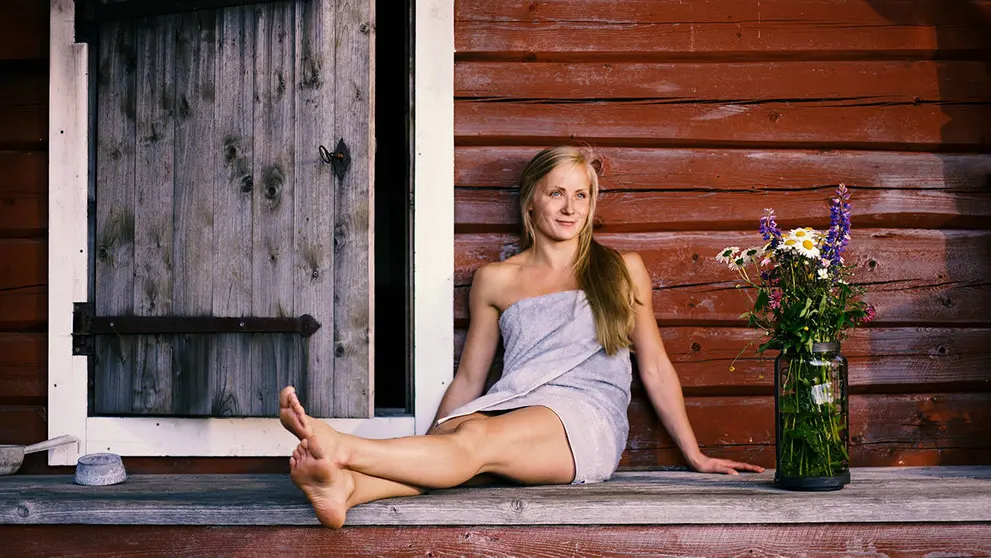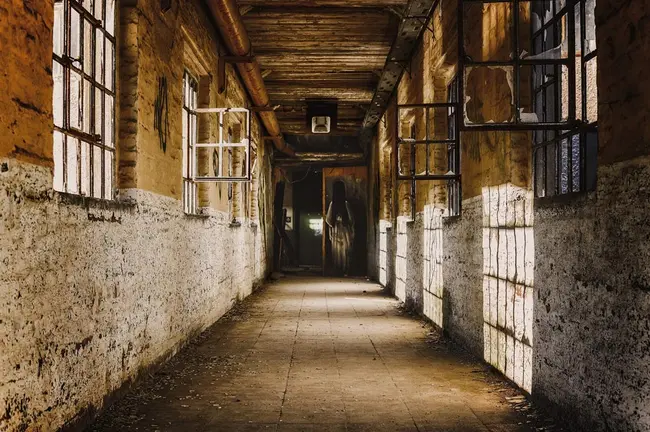"In Finland the sauna is a central and characteristic of the culture of everyday life". This is stated in the book 'Finland, a cultural encyclopedia', published by the Finnish Literature Society, which devotes a detailed article to explain the importance of sauna as a symbol of the Finnish culture for centuries.
The author of the article, Pekka Laaksonen, explains that in the late 20th century, Finland had more than one and a half million saunas. And in recent times this figure has raised to three million, according to Sanna Karppinen's book 'Themes of Finland' (2016).
These numbers become especially impressive in a country with only 5.6 million inhabitants. According to Karppinen's calculations, "one third of the world saunas can be found in Finland".
This means also that the number of saunas in the country doubled in some 30 years. In fact, unlike what happened before, since the beginning of the 21st century it is rare for a home to be built in Finland without a sauna.
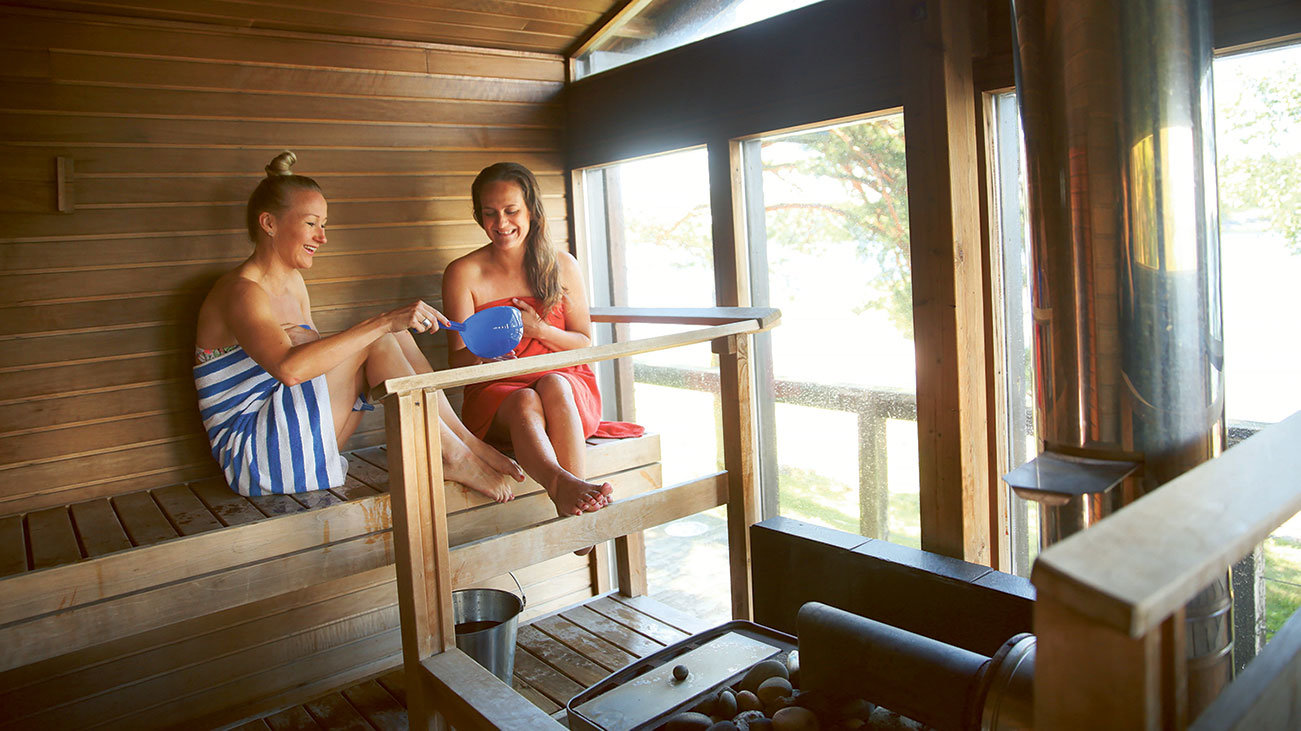
Image by: Harri Tarvainen/Business Finland.
In ancient times, sauna was a place for washing laundry and treating illnesses. It was even the place where babies were born. But today, as Sanna Karppinen explains, it is primarily a place for relaxation and it can be found as often in the city as in the countryside, in an apartment building or in the yard of a detached house.
According to Pekka Laaksonen's writings, the sauna is not, however, only a Finnish invention, it is known among many Finnic peoples. But "Finns can, with good reason, be considered a special sauna nation" because "in Finland the sauna has preserved its role and at the same time continually adapted to cultural change".
From this expert, we learn that the special Finnish nature of the sauna was understood at an early date. In 1640, at the opening ceremony of the Academy of Turku, Professor of History and Politics Mikael Wexionius stressed that all Finns used sauna assiduously: "Even in severe frost they dash out to the sauna and draw water, enthusiastically and with laughter, from well, river or lake, and pour it on their bare skins. But this hardens their bodies and makes them to withstand effort", he explained.
The sauna also has a place in Finnish early literature. In the national epic poem Kalevala, men bathe and converse in the sauna and women ensure that the sauna is warm while clean shirts are waiting. Thanks to the writer Aleksis Kivi, the Finnish sauna culture can also be approached humorously, and the Christmas sauna has become the object of numerous descriptions and of lasting worship, Laaksonen explains.
Good for hygiene, health... and for world records
From early on, doctors remarked the importance of the sauna to improve the hygiene and general health. In the mid 19th century, there were several great sauna champions in medical circles like Elias Lönnrot. In addition to them, the development of the cult of Finns for sauna has been also influenced by folklore scholars.
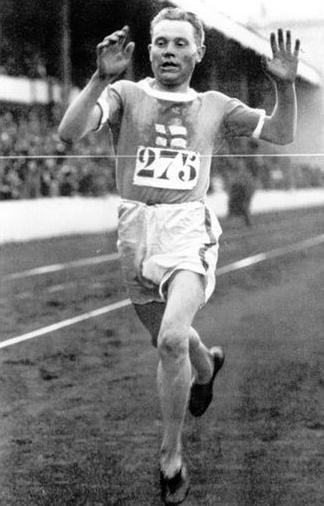 During the 20th century, sports played also an important role in promoting the Finnish sauna. At the Paris Olympics of 1924, the Finnish athletes had their own sauna and it was to this peculiarity that the success of the Finnish runners was attributed. In the United States it was said that the champion runner Paavo Nurmi, known as 'the Flying Finn', trained in the sauna.
During the 20th century, sports played also an important role in promoting the Finnish sauna. At the Paris Olympics of 1924, the Finnish athletes had their own sauna and it was to this peculiarity that the success of the Finnish runners was attributed. In the United States it was said that the champion runner Paavo Nurmi, known as 'the Flying Finn', trained in the sauna.
To discover to what extent Nurmi owed his achievements to the sauna, the long-distance runners of Harvard University, together with a journalist from a major newspaper of Boston, experienced an American-Finnish sauna. After that, they said that if Paavo Nurmi was capable to spend two hours a day in such a bath and later break records on the track, "he must be physically the most robust man in the world".
A huge discovery for foreigners
According to Pekka Laaksonen, in those years the sauna still "was not considered the kind of specialty that could be offered to visitors". On the contrary, "it was the foreigners who found their way to the sauna".
This was because it began to be described in many travel guides -and with it, Finnish hygiene- in glowing terms. In a German magazine, the sauna was advertised as follows: "If you want to experience heaven and hell simultaneously, go to a Finnish sauna'. Thus, the word sauna entered the German language. Nowadays it is the best-known Finnish word internationally.
According to the predominant etymological theory, the word sauna is linked to a word in the Lapp language meaning a sleeping hollow made in the ground in the center of which was a pile of hot stones. The hollow was covered with animal hides. Throughout the centuries, the sauna has evolved a lot, from smoke sauna to wood sauna, until reaching the electric saunas present in most of the houses and apartments.
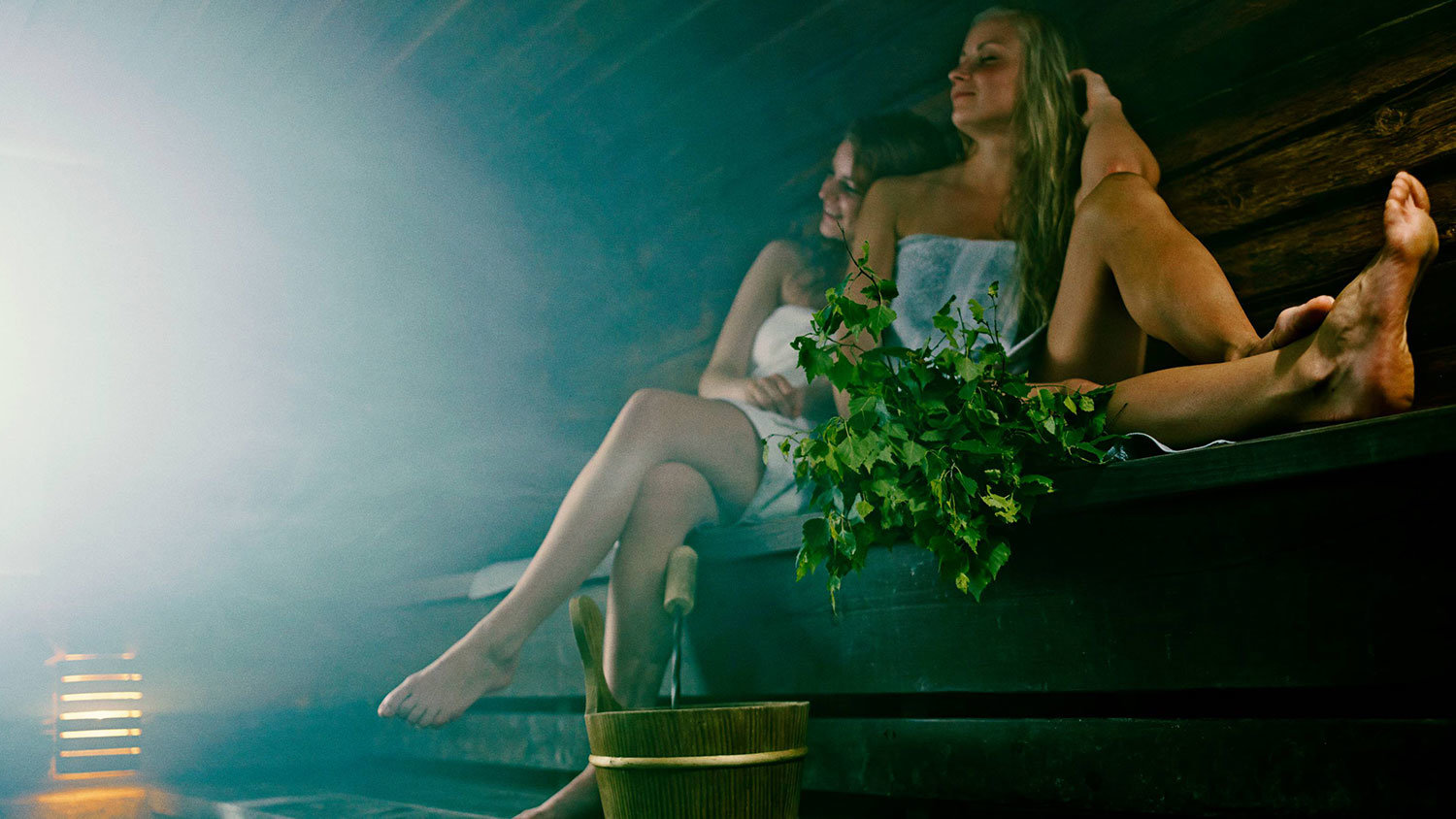
Image by: Kari Ylitalo/Business Finland.
Sanna Karppinen explains in her book that today "the sauna is a part of nearly every home, whether heated by burning wood or with electricity". And she adds that "Finns don´t like to leave the sauna behind even while travelling and have therefore developed various ways to enjoy sauna when and whenever". Thus, sauna buses and boats transport them from the city to the nature in an instant and nothing else is available even a tent can be turned into a sauna.
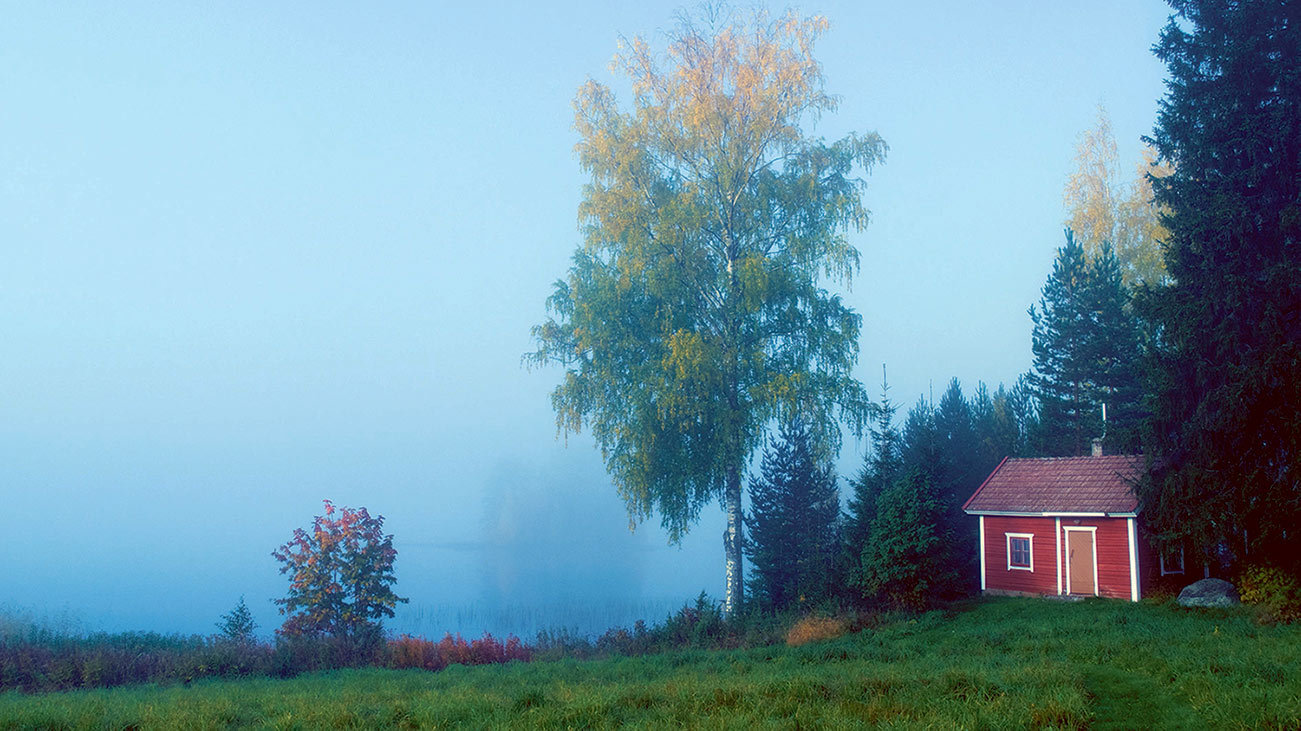
Image by: Eeva Liisa Anttila/Business Finland.
According to Karppinen's work, a traditional sauna should be built in "an idyllic separate building, carved from wood and ideally located by a lake".
As Karppinen explains, today Sauna is also an important area of research and innovation for Finnish industry. Finns claim to build the best saunas and are constantly developing new products like textiles, ornaments or wooden items to enhance the sauna experience.
In the end, the sauna is a place to relax and enjoy. So in your visit to Finland try to experience that unique moment in which time stops, just when you sit on the bench, throw water on the stones and feel the tranquility invading your body while the temperature increases.
*Paavo Nurmi's image: Public domain.







